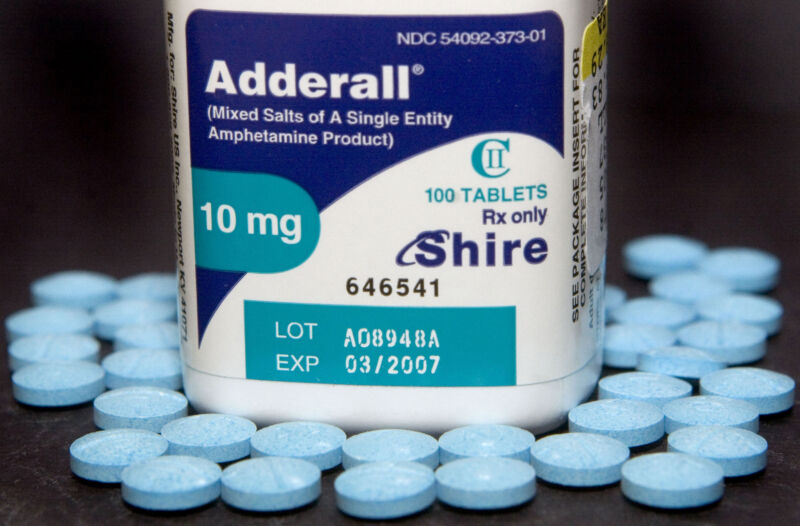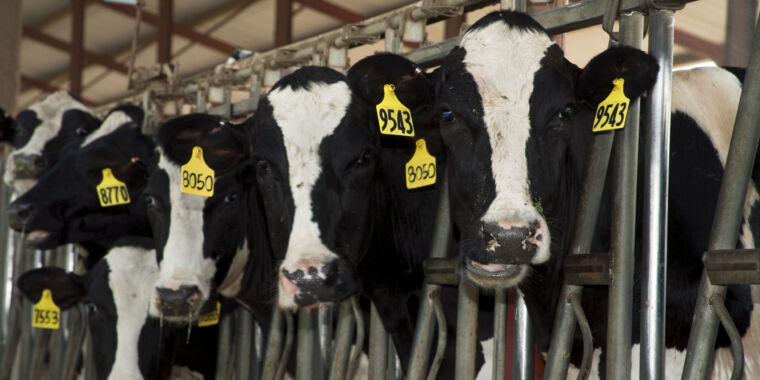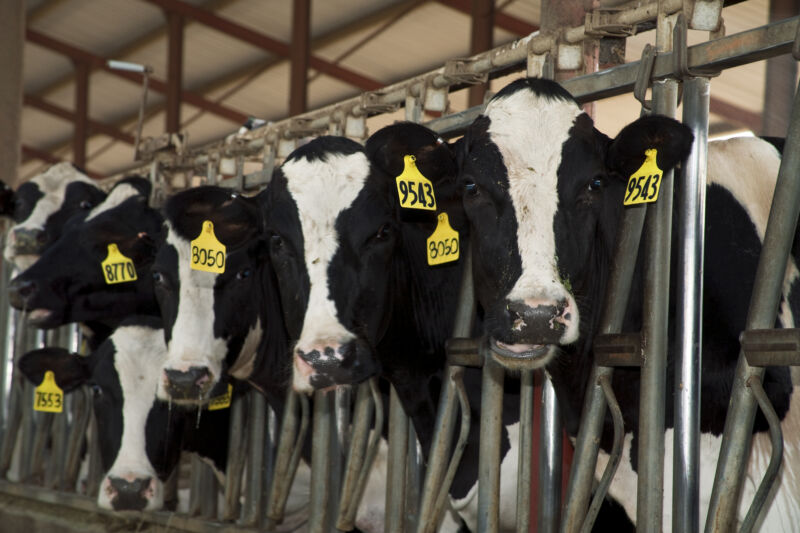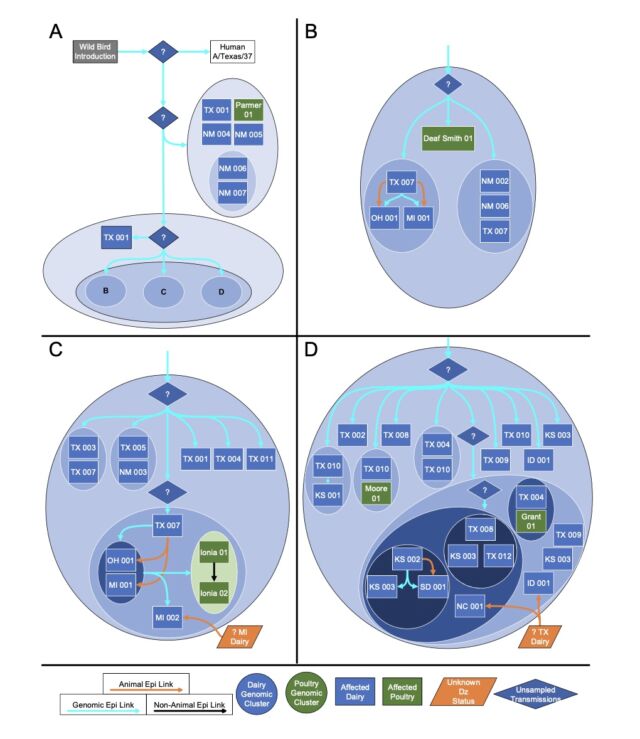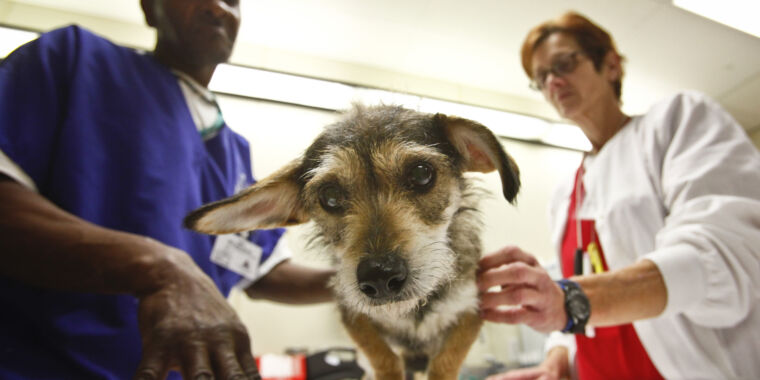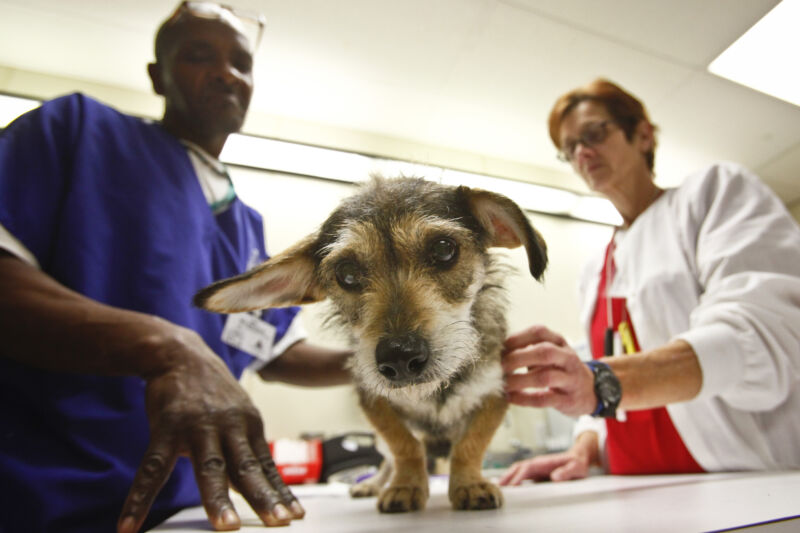Microdosing candy-linked illnesses double; possible recall in “discussions”
No recall —
Of the 26 cases identified so far, 25 sought medical care and 16 were hospitalized.

Cases of illnesses linked to microdosing candies have more than doubled, with reports of seizures and the need for intubation, mechanical ventilation, and intensive care stays. But, there remains no recall of the products—microdosing chocolates, gummies, and candy cones by Diamond Shruumz—linked to the severe and life-threatening illnesses. In the latest update from the Food and Drug Administration late Tuesday, the agency said that it “has been in contact with the firm about a possible voluntary recall, but these discussions are still ongoing.”
In the update, the FDA reported 26 cases across 16 states, up from 12 cases in eight states last week. Of the 26 reported cases, 25 sought medical care and 16 were hospitalized. No deaths have been reported.
Last week, the Centers for Disease Control and Prevention released a health alert about the candies. The agency noted that as of June 11, the people sickened after eating Diamond Shruumz candies presented to health care providers with a host of severe symptoms. Those include: central nervous system depression with sedation, seizures, muscle rigidity, clonus (abnormal reflex responses), tremor, abnormal heart rate (bradycardia or tachycardia), abnormal blood pressure (hypotension or hypertension), gastrointestinal effects (nausea, vomiting, or abdominal pain), skin flushing, diaphoresis (excessive sweating), and metabolic acidosis with increased anion gap (an acid-based disorder linked to poisonings).
At the time of the CDC alert, 10 patients had been hospitalized, and “several required intubation, mechanical ventilation, and admission to an intensive care unit,” the agency reported.
It remains unclear what ingredient in the candies could be causing the poisonings. The FDA reports that it has worked with state partners to collect multiple samples of Diamond Shruumz products so they can be analyzed for potential toxic components. That analysis is still ongoing, the agency said.
Diamond Shruumz has not responded to multiple requests for comment from Ars.
Untold toxic ingredients
Diamond Shruumz does not list the ingredients of its products on its website. They are sold as “microdosing” candies, a term that typically suggests a small amount of a psychedelic compound is present. The company describes its chocolates, gummies, and cones as “trippy,” “psychedelic,” and “hallucinogenic,” and also claims they contain a “primo proprietary blend of nootropic and functional mushrooms.” But, it’s unclear what, if any, psychoactive compound is present in the candies.
The CDC notes that products like these “might contain undisclosed ingredients, including illicit substances, other adulterants, or potentially harmful contaminants that are not approved for use in food.”
Diamond Shruumz posted documents on its website from third-party laboratories claiming to indicate that the candies do not contain the most notable mushroom-derived psychedelic compound, psilocybin. The reports also indicate that some of the products do not contain cannabinoids or compounds from the hallucinogenic Amanita muscaria mushroom. Additionally, the company said in a blog post that its products contain a blend of Lion’s mane, Reishi, and Chaga mushrooms, but these are all non-hallucinogenic mushrooms used in herbal and traditional medicines and supplements.
In recent decades, hundreds of new synthetic psychoactive substances have hit the market in such products, including many new phenethylamines and tryptamines, which are chemically related to LSD and psilocybin. Some experts and members of the psychedelic community have speculated that Diamond Shruumz products could potentially contain one of the more popular tryptamines, 4-AcO-DMT, often pronounced “4-akko-DMT,” and also known as 4- acetoxy-N,N-dimethyltryptamine, O-acetylpsilocin, or psilacetin. According to a qualitative 2020 study, users describe 4-AcO-DMT as producing effects similar to psilocybin, but without some of the unpleasant side effects noted with natural mushrooms, such as nausea. Animal experiments have confirmed that 4-AcO-DMT appears to produce psilocybin-like effects.
Still, it’s unclear if such ingredients could explain the symptoms seen in the current outbreak. Though clinical data on 4-AcO-DMT is scant, it has not been linked to such severe symptoms. On the other hand, some novel synthetic compounds, such as Dox and NBOMe, often misrepresented as LSD, are considered dangerous. For instance, NBOMe compounds (N-methoxybenzyl, also called N-bombs or 251), first discovered in 2003, have been linked to overdoses and deaths. In the scientific literature, they’ve been linked to “unpleasant hallucinations, panic, agitation, hypertension, seizures, acute psychosis, and/or excited delirium that can result in cardiac arrest,” according to the 2020 study.
Microdosing candy-linked illnesses double; possible recall in “discussions” Read More »


